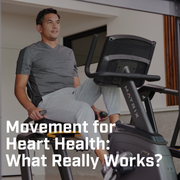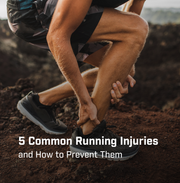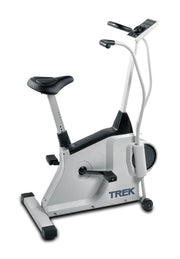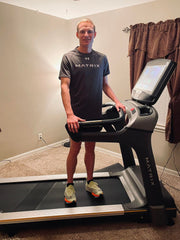Aging offers many challenges, but one of the greatest threats to wellbeing that increases with age is susceptibility to back pain. In any given month, this condition affects about 23% of adults. Although most cases of back pain resolve on their own, it can be frustrating and uncomfortable.
With so many people sharing this experience, one might think there would be an ideal medication for it by now. But pharmacological solutions are lacking, in part, because there are so many different causes.

For instance, lower back pain is very common in pregnancy or after gaining weight. It can also occur after an acute injury or fall, or be related to sitting postures. Some types of work that require a lot of awkward trunk postures also predispose those employees to more back pain. For example, the prevalence of lower back pain in hospital nurses is over 70% according to some surveys!
A three-month study that examined back problems of sedentary and active workers found that desk workers were more likely to end up in the doctor’s office with back pain. Sitting may seem easy on your body but it is laborious for your back, especially if you have poor posture or your office workstation is not ergonomically set up.
Effective treatments are crucial because lower back pain tends to reoccur in those who are sedentary. If highly effective medications are lacking, what can we do to manage this condition?
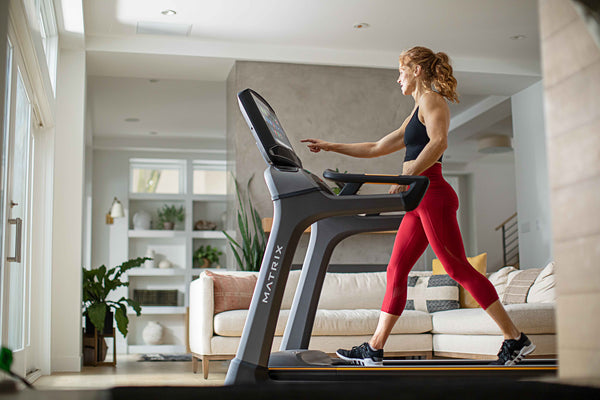
Walk It Off
One of the tried and tested movements that can ease back pain is walking. This is an accessible movement practice that can be done almost anywhere.
It doesn’t have to be a long, mapped out walk around town, either. With a home treadmill, integrating short walk breaks throughout the day is a smart and effective approach. With the convenience of the treadmill just a few steps away and a temperature-controlled environment (no need to worry about the weather!), a treadmill walking plan can be a great solution to ensure consistency and adherence to the plan. Eventually, this consistency will lead to your walking plan becoming a daily habit.
Even though walking has a low risk of injury, it is a good idea to see your doctor to evaluate your back pain. Numbness or tingling is usually a sign of nerve irritation that may require different treatments beyond targeted exercise, so walking may not be an appropriate movement for all individuals. Pain may also result from trauma that could require surgery, so it's best to involve a doctor for personalized recommendations.
Those with mild to moderate lower back pain often benefit from walking interventions. Randomized controlled trials show that functional abilities improve after increasing the number of weekly steps over several weeks. And most importantly, an increase in walking reduces their perception of pain.
Most studies measure outcomes after many weeks or months, but some assess the outcomes after a single bout of walking. For example, one study had participants with lower back pain walk at a self-selected speed for 10 minutes, and pain was significantly reduced by this simple approach.
Bonus Benefits
1. Reduces Body Fat
Studies show that when we switch from a sedentary lifestyle to a more active one, we reap huge benefits. For example, walking improves fitness and decreases body weight due to a reduction in body fat.
2. Lowers Body Pressure
One of the related benefits confirmed by research is lower blood pressure. This is important because high blood pressure raises risk of stroke and heart disease. It's also very common, with high blood pressure present in "one in every two persons 20 years or older in the US." About 60% of those individuals do not have their high blood pressure under control, so walking may be a helpful approach to better manage this health issue.
3. Improves Mental Health
Adding more steps to your day is a great way to improve how your body functions, but what about your brain? As part of your body, your brain is highly sensitive to what you do. Light exercise can help us adopt a more positive attitude. When individuals take up walking, they often to notice a boost to wellbeing. Walking can be especially helpful for preventing or reducing the symptoms of anxiety and depression.
Get Started Today
Perhaps the best benefit of walking is you can get started at any time. So, what are you waiting for? Get started today. Start with just 10 minutes today. Then start thinking about what your daily walking plan could look like and jot it down on your calendar. Set an appointment in your calendar for tomorrow. Better yet, make it a recurring appointment. You’ll have a new walking habit started in not time and your back, brain and your entire body will thank you!
_______________________________________________________________
About the Author
Karlie Intlekofer, PhD, CNC, CPT, Global Wellness Researcher, Matrix Fitness

As the Global Wellness Researcher at Matrix Fitness, Karlie uses evidence-based practices to develop exercise programming and initiatives to support healthier daily habits. As a neuroscientist specializing in behavior and exercise science, she focuses on the benefits of exercise, nutrition and habit formation for brain health and well-being. Karlie earned her doctorate in Neuroscience and Behavior and bachelor’s degree in Health and Exercise Science.
